Love shortcrust pastry bases? Making them at home can be a cakewalk if you know the basics! Read on to learn more.

Love shortcrust pastry bases? Making them at home can be a cakewalk if you know the basics! Read on to learn more.
If you love shortcrust pastries, it’s time you learn to perfect it at home! This is a type f crust used in pies, tarts, quiches etc. The name ‘shortcrust,’ refers to its short and crumbly texture when baked. The basic components of shortcrust pastry are flour, butter, water, and a pinch of salt. The process of making shortcrust pastry involves combining these ingredients with precision, ensuring that the fat is evenly distributed throughout the flour to create a crumbly consistency.
The method typically involves cutting cold butter into the flour using a pastry cutter, two knives, or fingertips. This process creates a mixture resembling coarse crumbs, with visible bits of butter still intact. Gradually, cold water is incorporated into the mixture, binding the dough together. It's crucial not to overwork the dough during this stage, as excessive handling can lead to a tougher pastry.
The process of making shortcrust pastry involves combining these ingredients with precision, ensuring that the fat is evenly distributed throughout the flour to create a crumbly consistency. This chilling step is vital for allowing the fat (which is the butter) to solidify, which contributes to the flakiness of the pastry. The chilled dough is then rolled out on a floured surface to the desired thickness and used according to the recipe's specifications.
The beauty of shortcrust pastry lies in its adaptability since it can work on sweet and savory dishes. Its ability to provide a sturdy yet tender crust complements a number of fillings.
What Not To Do?
Shortcrust pastry has s straightforward recipe but if you want to ace it in your home kitchen, you need to look out for some common faux pas. For instance, overmixing or overworking the pastry dough can lead to a tough and less flaky texture because it activates gluten, resulting in an inconsistent texture.
Skipping the chilling step before rolling out the dough is also a no-no. It can lead to a pastry that doesn't hold its shape during baking. Bling baking which refers to skipping the to pre-bake process, can lead to a soggy bottom. For custard or cream fillings, blind bake the crust first to achieve a crisp base. Moreover, not allowing the rolled-out pastry to rest before fitting it into the pan can cause shrinkage during baking. Let the rolled-out dough rest for a few minutes to relax the gluten before fitting it into the pan. Here’s a basic shortcrust pastry recipe which can help you out
Skipping the chilling step before rolling out the dough is also a no-no. It can lead to a pastry that doesn't hold its shape during baking. Bling baking which refers to skipping the to pre-bake process, can lead to a soggy bottom. For custard or cream fillings, blind bake the crust first to achieve a crisp base. Moreover, not allowing the rolled-out pastry to rest before fitting it into the pan can cause shrinkage during baking. Let the rolled-out dough rest for a few minutes to relax the gluten before fitting it into the pan. Here’s a basic shortcrust pastry recipe which can help you out
Ingredients:
- 1 1/4 cups all-purpose flour
- 1/2 cup (1 stick) unsalted butter, cold and cut into small cubes
- 1/4 teaspoon salt
- 2-3 tablespoons ice water
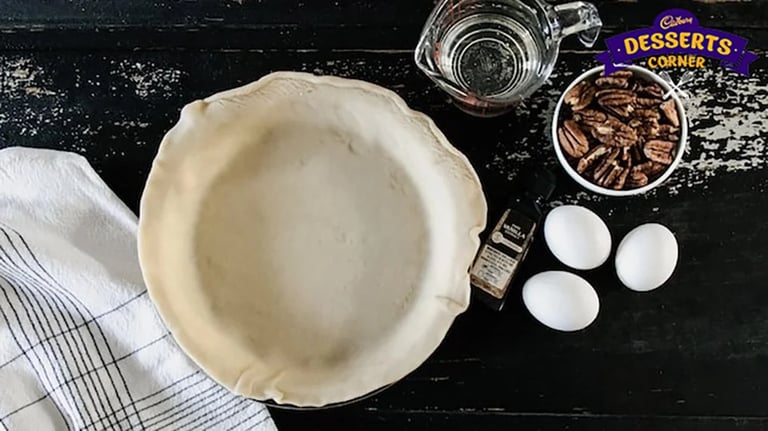
Method:
Cube butter and place it in the freezer for a few minutes before using. In a bowl, mix the all-purpose flour and salt together.
Add the cold, cubed butter to the flour mixture. Use a pastry cutter or your fingertips to quickly cut the butter into the flour until the mixture resembles coarse crumbs. Gradually add ice water to the mixture, one tablespoon at a time.
Toss the mixture with a fork after each addition. Stop adding water when the dough begins to come together.
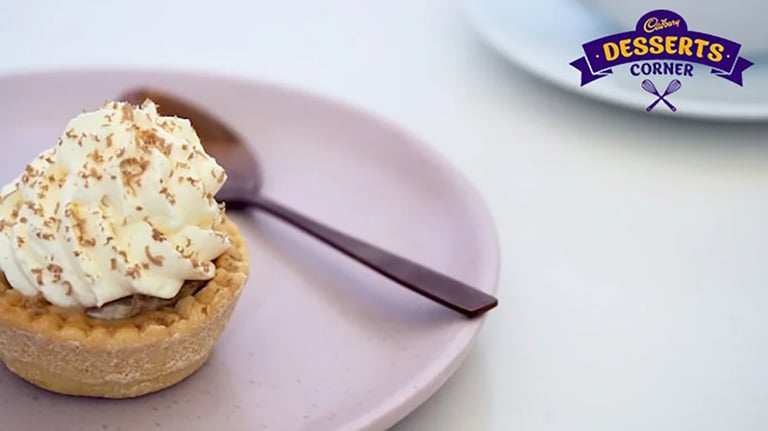
Turn the mixture out onto a clean surface and gently press it together to form a disc. Do not knead or overwork the dough.
- Wrap the dough in plastic wrap and refrigerate for at least 30 minutes. Chilling lets the butter solidify, contributing to a flaky texture.
- On a lightly floured surface, roll out the chilled dough to the desired thickness. Turn the dough regularly to maintain an even thickness.
- Transfer the rolled-out pastry to the pie or tart pan. Gently press it into the corners and edges. Trim any excess overhang with a knife.
- Prick the base of the pastry with a fork. This prevents the pastry from puffing up excessively during baking. You can chill the pastry again if you want. Remember, for recipes that require a pre-baked crust, chilling the lined pan with the pastry for an additional 15-30 minutes before baking can help.
Like This Article?
More Like This
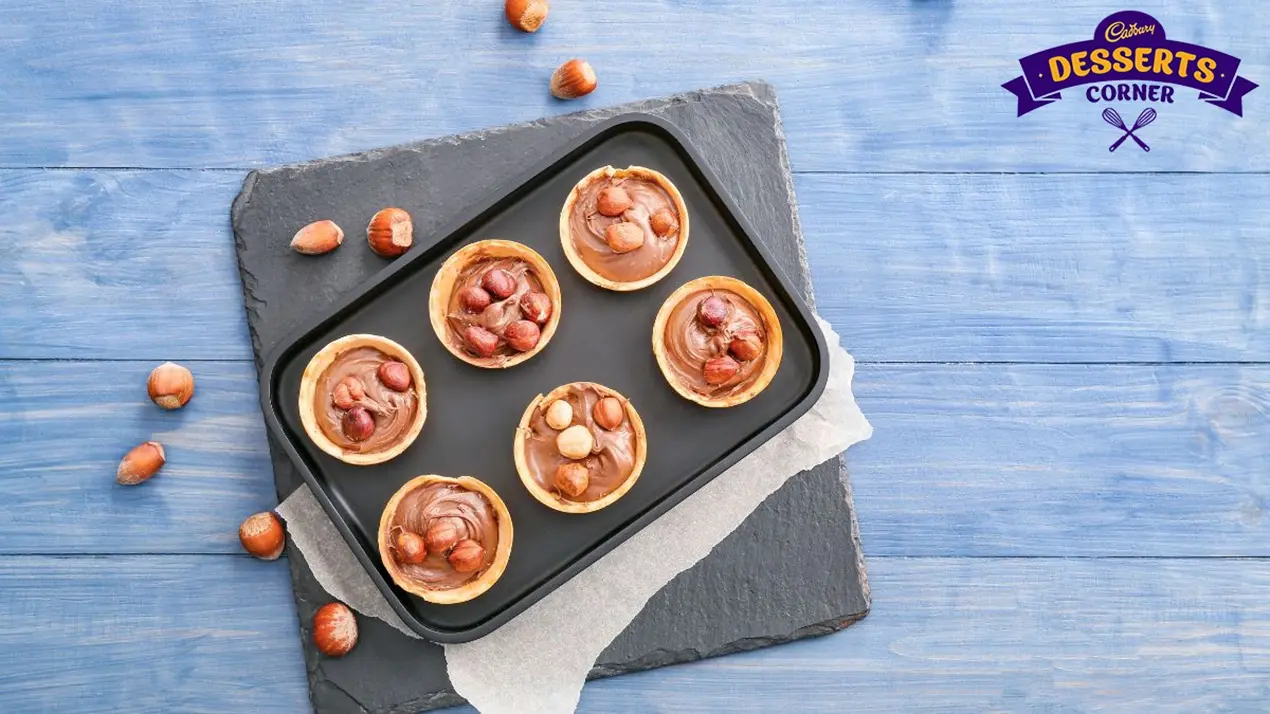
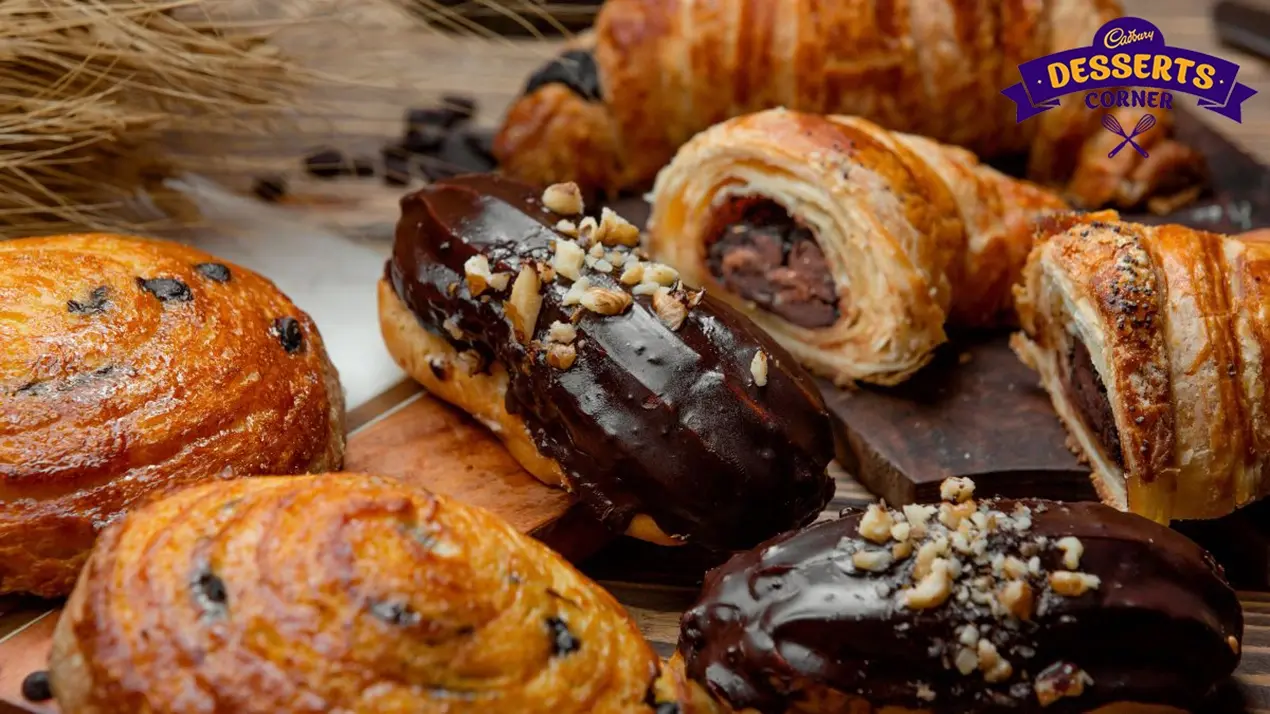

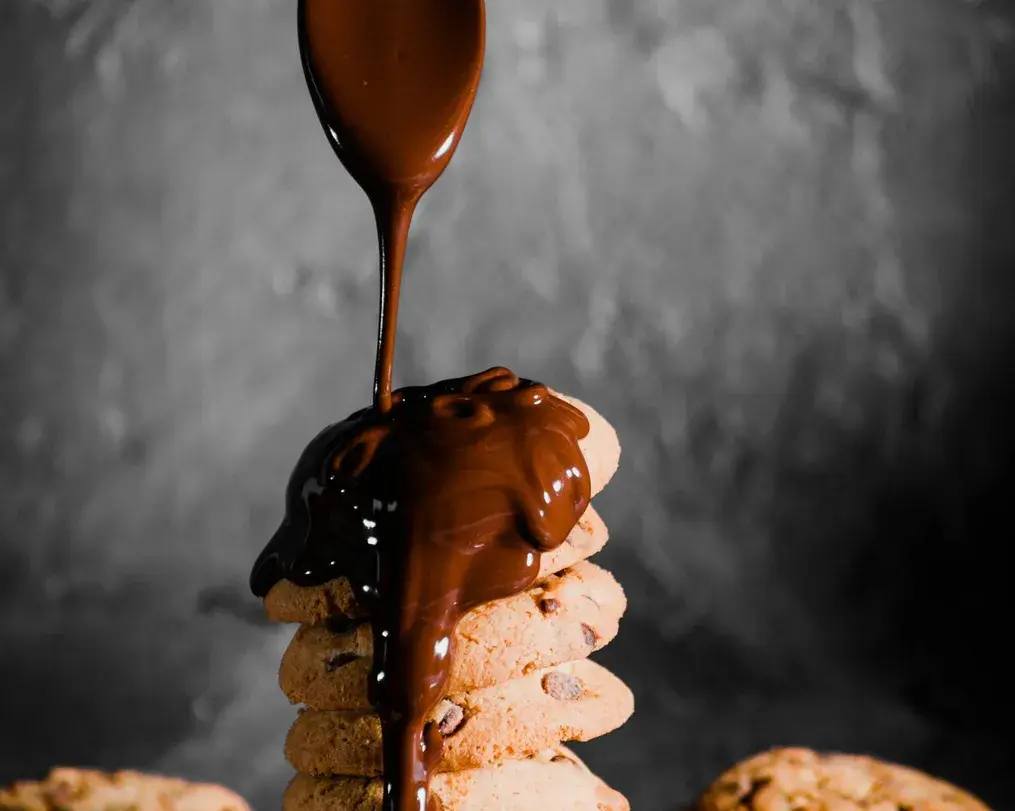
Popular Articles





Trending Web Stories
Curated Recipes


















